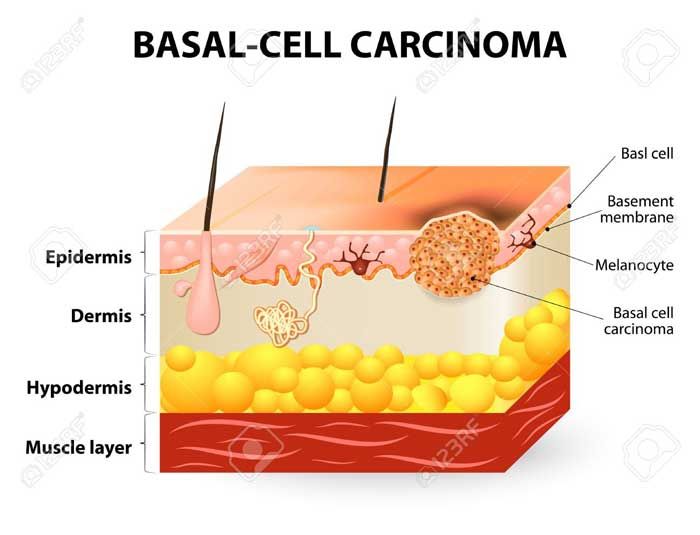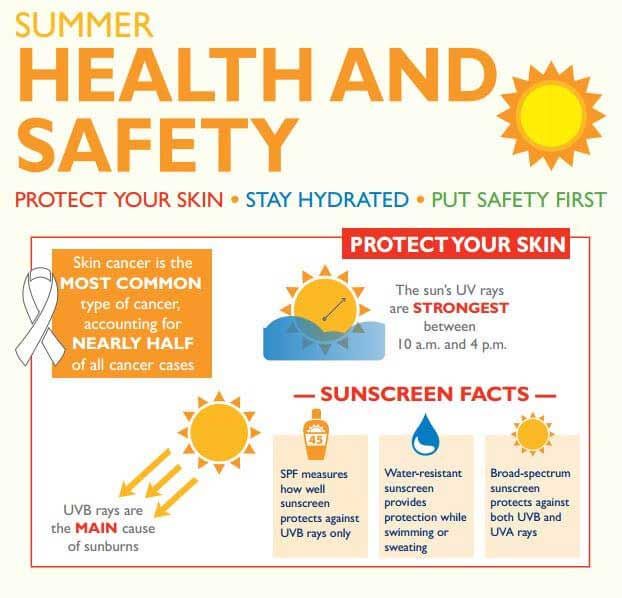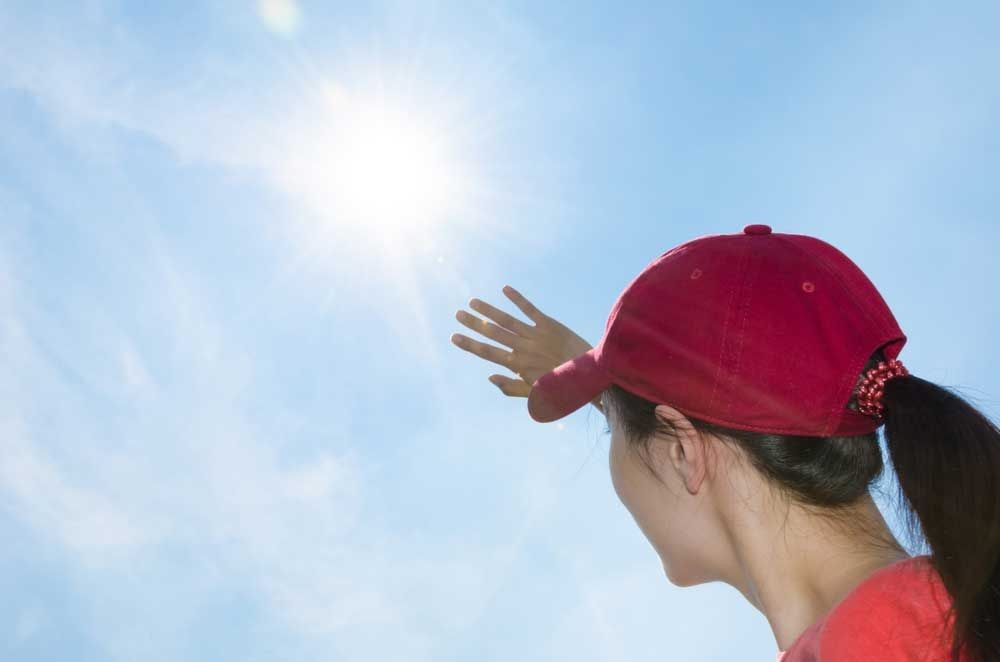Do you know that a woman at the age of 40 who protected her skin from sunlight actually has the skin of a 30-year-old? We all wait for the summer season to kick in to enjoy sunny areas like beaches and parks. Although summertime is meant to be spent outdoors with family and friends, we have to keep in mind that moments of joy could become catastrophic if we are not protected from sunlight. Excessive and unprotected sunlight exposure can lead to the development of skin cancers as well as negatively affect major body organs.
The sun is the major source of ultraviolet (UV) radiation; other sources are artificial tanning lamps and beds. UV rays compromise a very small percentage of the sun’s rays, yet they have detrimental effects. They can damage the DNA of skin cells which in turn shut down genes responsible for regulating skin cell repairing mechanisms and growth. This process will eventually result in uncontrollable skin cell proliferation, a term referred to as “Skin Cancer”.
There are 3 major types of UV rays:
UVA rays
Mainly linked to long-term DNA damage and the major factors for the development of wrinkles as they can destroy elastin fibers, thereby causing premature aging and wrinkling. Many health organizations agree that most artificial tanning beds supply large doses of UVA rays that put the exposed person at a high risk of developing skin cancer.
UVB rays
More serious than UVA rays as they can cause direct DNA damage to skin cells and are mainly responsible for the development of severe sunburns and various types of skin cancers.
UVC rays
Harbor more energy than UVA and UVB combined, but fortunately they cannot penetrate our atmosphere otherwise, their effects would be catastrophic.
The risks of too much sun exposure:
Skin cancer risk
While there are no clear skin cancer statistics available for the MENA region, in the US an estimated 10,000 people are diagnosed with skin cancer every day.
Basal cell carcinomas are the most prevalent types of skin cancers. They originate in the deepest layer of the skin called the “epidermis”. These types of cancers are expected outcomes to continuous and intense exposures to high doses of UVB rays.
Squamous cell carcinomas are the 2nd most common types of skin cancers and arise mainly caused by long-term exposures to sunlight over a long period of time. This type is mainly associated with UVA rays.

Damage to body organs
Body organs, such as the kidneys, are also heavily impacted by overheating or continuous exposure to sunlight. When the body gets overheated and reaches a temperature range above 37°C, several physiological responses gear up to reduce excess heat and maintain normal body temperature, one of which is perspiration.
Upon excess exposure to sunlight, the heart pumps more blood resulting in the constriction of blood vessels entering body organs. This prevents excess blood supply to organs and can lead to organ failure. In parallel, blood vessels in the skin enlarge to assist in decreasing overheat. This mechanism restricts the blood flow to the kidneys by 30% and as a consequence, oxygen and nutrients delivery reduces leading in some cases to kidney failure.
Reduced fertility in men
Overheating is one of the major causes of reduced fertility in men. Sperm production requires specific conditions for optimal functioning. A temperature of 4°C below normal body temperature (37°C) is the best for sperm making machines. Continuous exposure to sunlight during summer causes sperm immobility and in some cases sperm death. This is demonstrated in semen analysis tests that could reveal decreased sperm counts and abnormal morphologies. As a result, this will ultimately lead to infertility.
In conclusion, several preventive measures should be taken when exposed to sunlight or upon dealing with daily life habits that lead to body overheating.
Preventive measures you can take:
Hydrate
When you plan to spend a day outdoors, make sure to stay hydrated even if you are not thirsty. The guidelines of the U.S.’s Occupational Safety and Health Administration, recommend that workers who spend their days outdoors drink water every 15 minutes.
Use sun protection
Sunscreens are the best weapons to combat extensive exposure to UV rays as they prevent UVA and UVB from penetrating. Apply sunscreens after 15 to 30 minutes of unprotected sun exposure. Be sure to read the label when choosing a sunscreen. Most recommended are those with broad-spectrum protection (against both UVA and UVB rays) and sun protection factor (SPF) values of 30 or higher. Be sure to read the labels and apply sunscreens according to the instructions.
Wear a hat
A hat with at least a 5-cm brim all around protects the scalp, ears, eyes, forehead, and nose. A non-reflective, dark underside to the brim can reduce UV ray exposure due to sunlight reflecting from reflective surfaces such as water.
Wear clothing
Clothes provide different levels of UV protection. Dark colors tend to provide more protection than light colors. Dry fabric is usually more protective than wet fabric, while a tightly woven fabric protects better than loosely woven clothing.
Seek shade
Staying in the shade is an obvious but important way to limit UV light exposure and particularly important during the hours of the day when the UV light is strongest from 10 am – 4 pm.
Avoid tanning beds and sun lamps
Tanning lamps give out UVA and usually UVB rays as well while the use of tanning beds has been linked to an increased risk of melanoma.
Do not underestimate the detrimental effect of continuous sun exposure as the consequences might take years to manifest themselves.

There is no need to completely avoid the sun, regular sun exposure is the most natural way to get enough vitamin D, and sunlight boosts your mood and offers a wide range of other health benefits. Use our recommendations to safely enjoy the sun.

